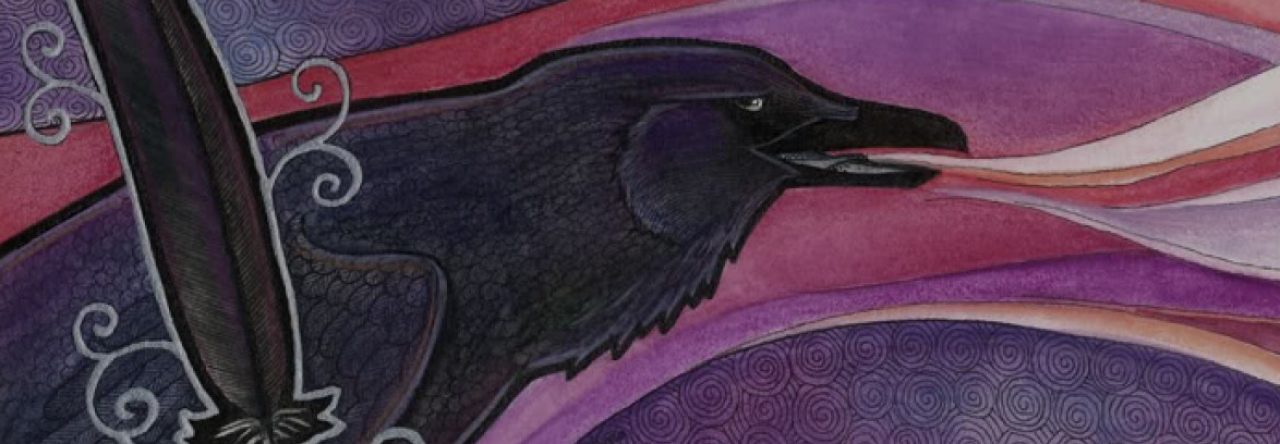
Trudy and Bruce Harrison have a happy marriage, a successful business, and three teenage children. One fateful day they take the winding coastal route home, and visit the Ocean View Gallery, perched on the cliff edge. It’s not listed in any tourist pamphlet. The artist runs the gallery alone. There are no other visitors. Within the maze of rooms the lone couple begin to feel uneasy – and with good reason.
Trudy and Bruce will be ripped from the safe, secure fabric of their life and will have their world turned upside down and shaken. Attacked, trapped and brutalised, they barely escape the gallery with their lives – only to find there’s no real getting away.
***Mild spoilers below***
I picked up this book based on reviews by people I follow (and generally have similar taste to) on GoodReads. I read the kindle version – no problems with formatting in electronic version, though there were a few minor typos which may or may not be present in the print version.
This is primarily a psychological thriller, with some horror leanings. The story is told from Trudy Harrison’s point of view, opening on Trudy and her husband on holiday. Their marriage is happy, and while they have some problems, they are the normal problems of a couple raising three teenage children. While driving, they stumble across a strange art gallery; when they enter, they encounter the artist and his strange work. Here, everything changes.
The bulk of the book is concerned with the events that follow the drugging and assault of Trudy and Bruce, and the choices they make in how they deal with it. It’s refreshing to see a book where the sexual assault happens to a man, and Brown does a good job of presenting how difficult it is for male victims of sexual assault to speak out and get the help they need. Even when Bruce’s actions don’t quite ring true, they are always in the realm of the believable for someone who has suffered a brutal assault and is most likely suffering from post-traumatic stress disorder (PTSD).
The fact that the worst of the assault (and Bruce’s sexual assault) happen “off stage” is an effective technique to make the brutality of the events even more stark. Trudy (and the reader) only gets to see the injuries and the fallout, and is left, along with the reader, to imagine the worst of it.
This book is a study of the darkness in all humans, and how even the best of people, when exposed to traumatic events, can find that own darkness within themselves. Even when Trudy and Bruce spiral down and down, their actions are always, in some way, rational.
The interesting thing about this book is that, finishing it, I felt as though there wasn’t a resolution, even though there was. It took me a few days to realise that fiction, in general, teaches us that generally, if people perform evil acts, they should, at some stage, pay for those acts. This doesn’t necessarily happen in After the Darkness, and of course, rarely happens in real life. It’s a bold move of Brown’s, and will no doubt leave some readers cold. But for others, it will make them think, and reflect on the fact that real life doesn’t always reflect fiction.
The prose in this book is effortlessly transparent, and all of the characterisation is believable. Brown writes characters who feel like anyone you’d know: their problems are everyday, their lives could be those of your neighbours. Which makes you wonder – what secrets could those everyday neighbours be hiding?
After the Darkness is a taut psychological thriller which explores the darkness that lies in ordinary people. Highly recommended.

Leave a Reply